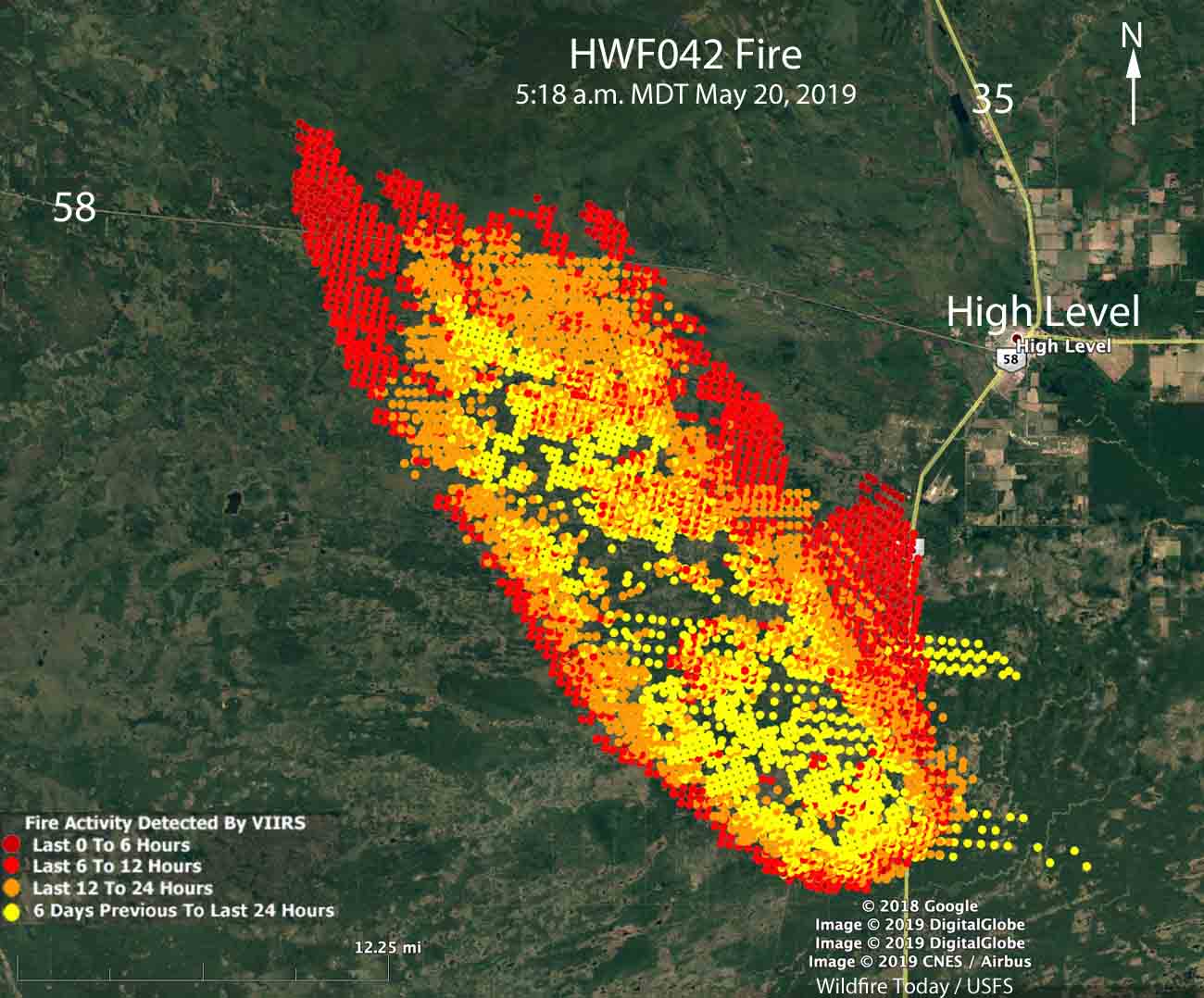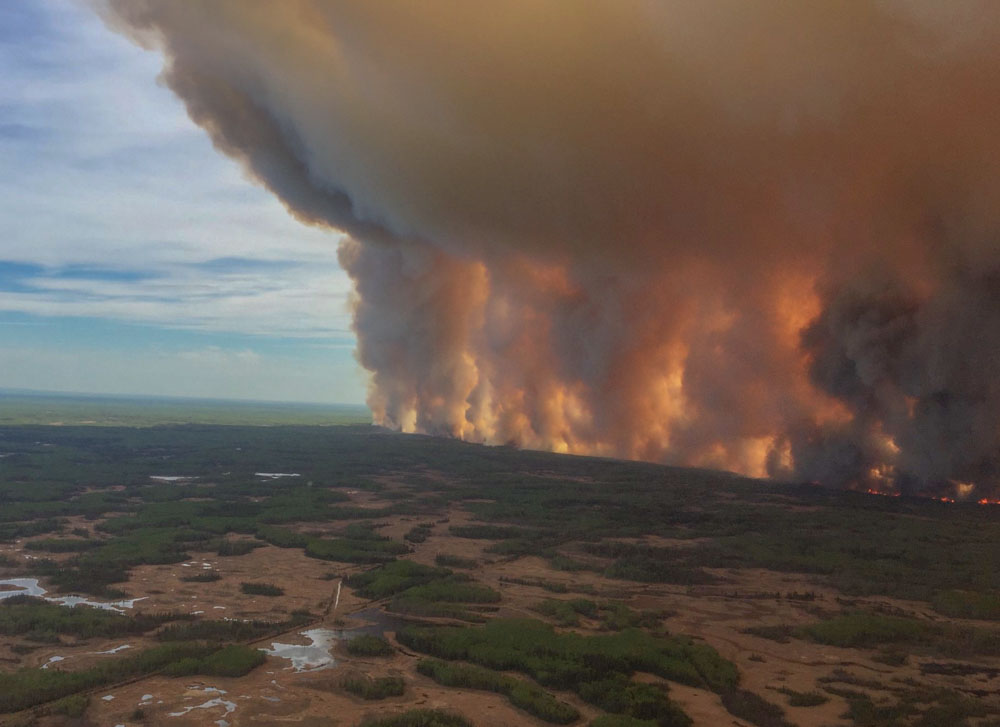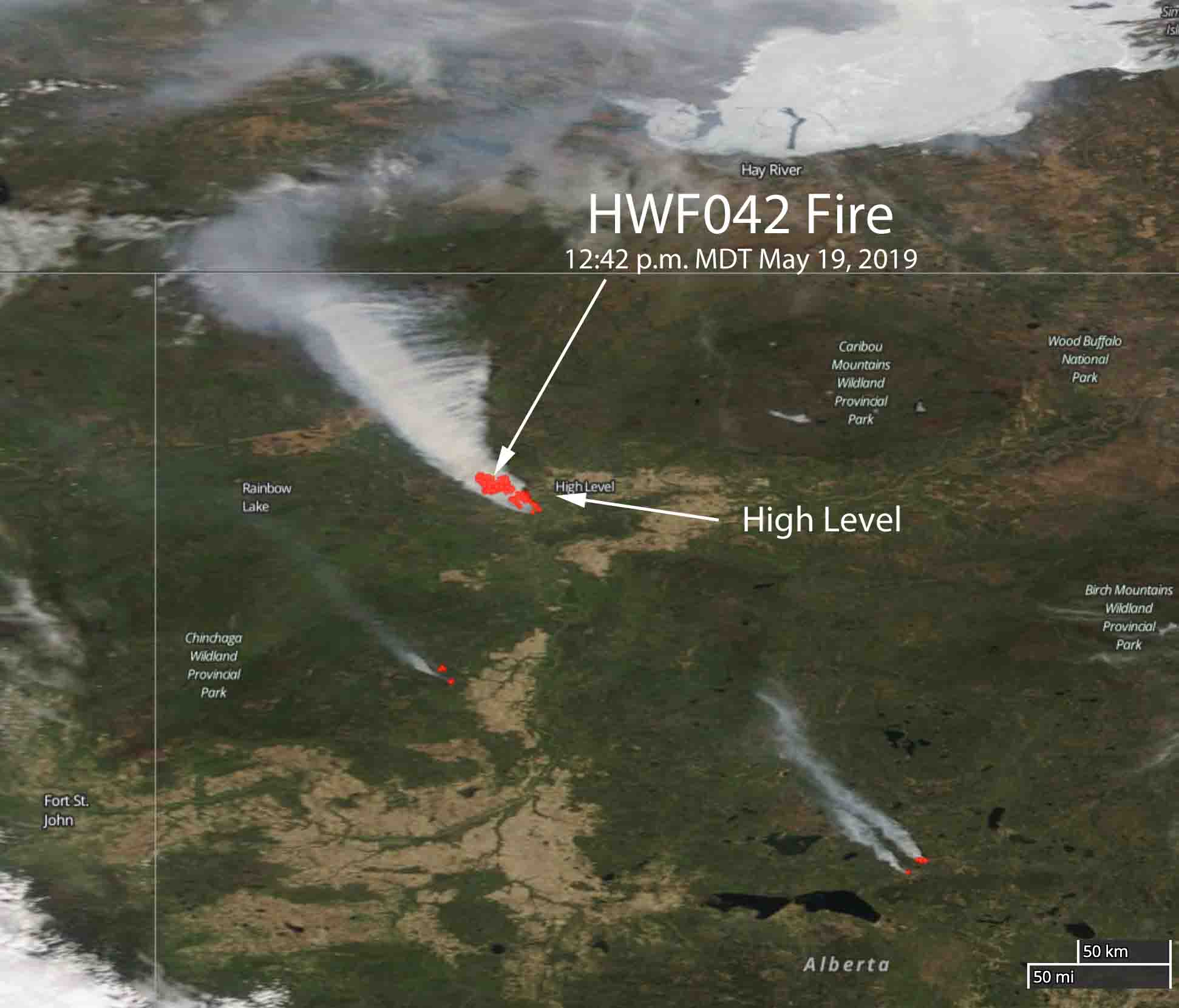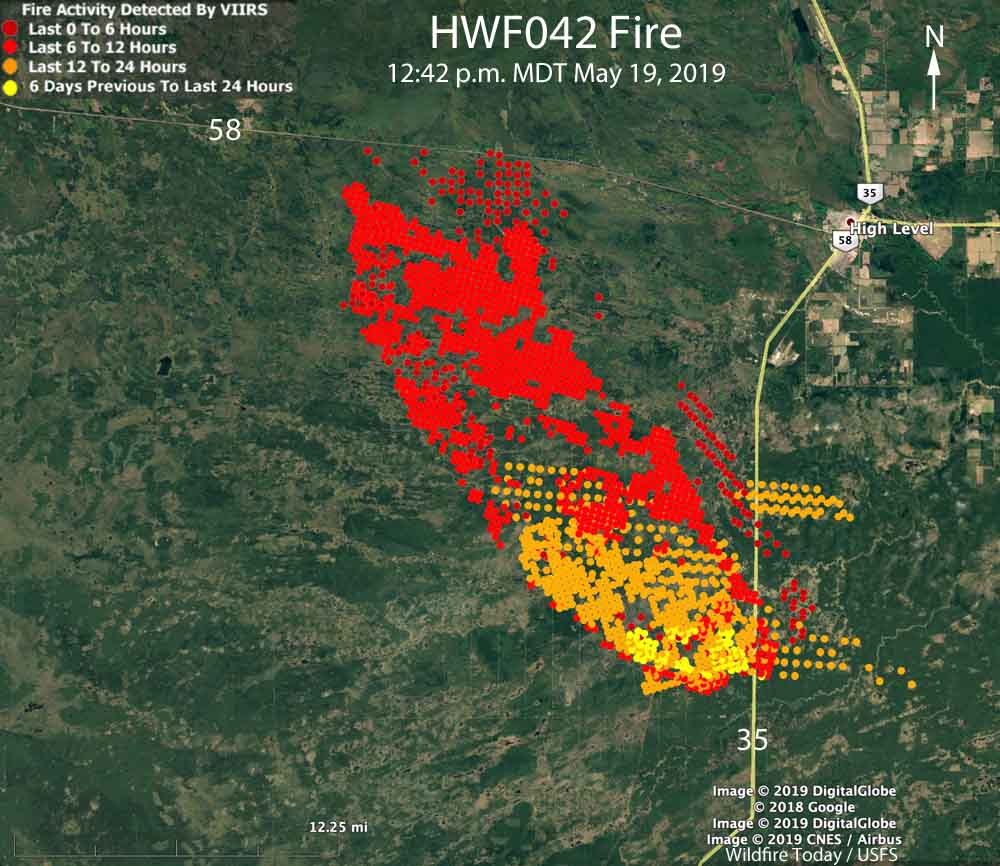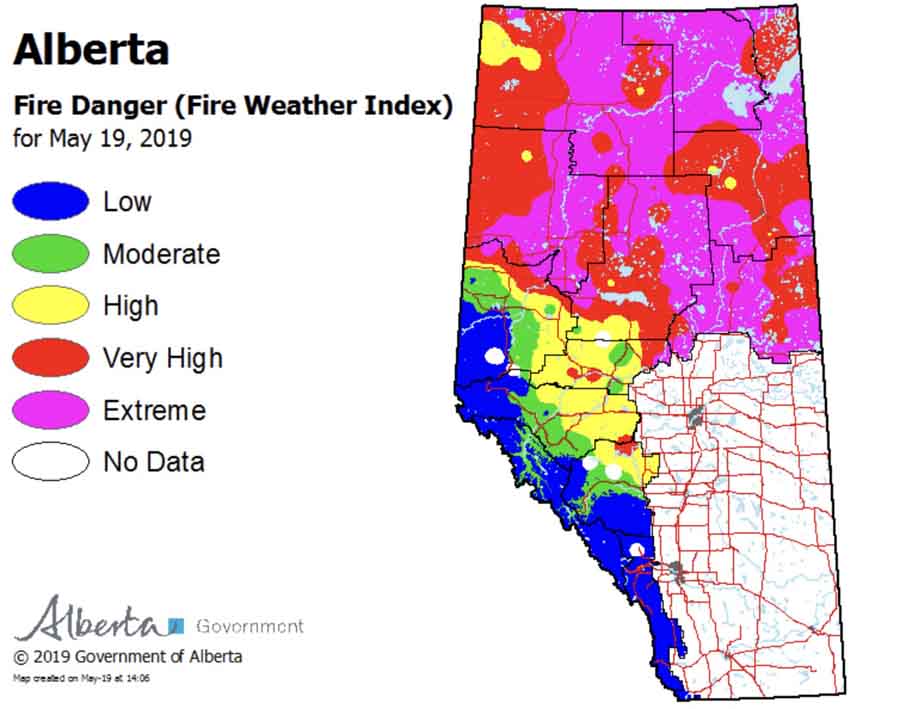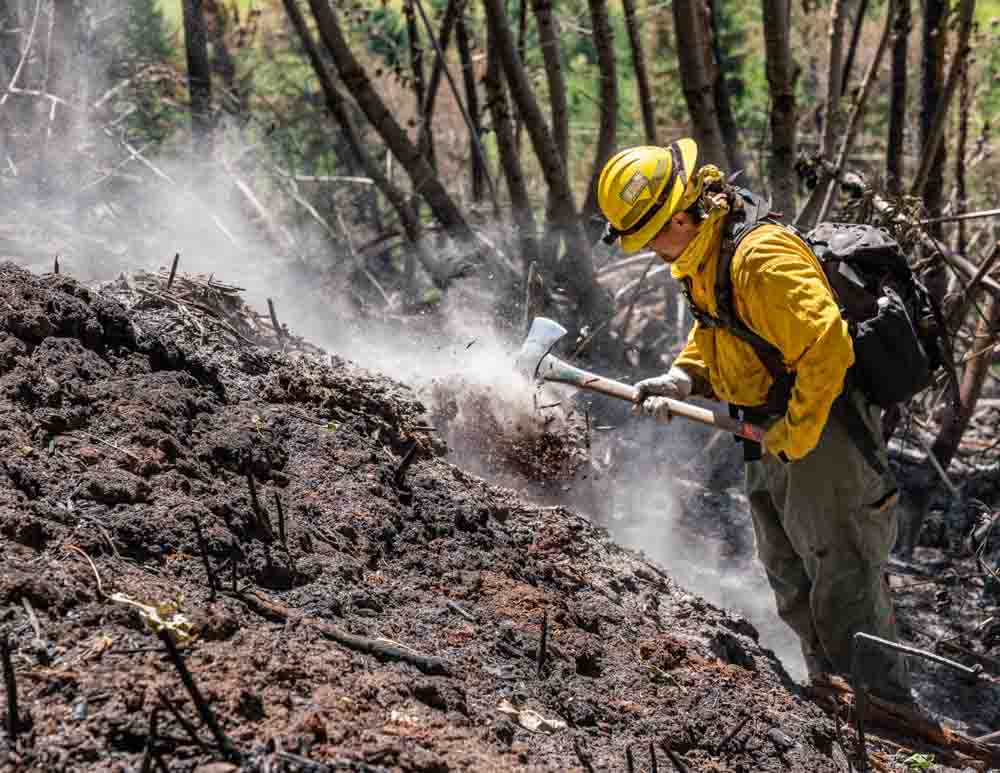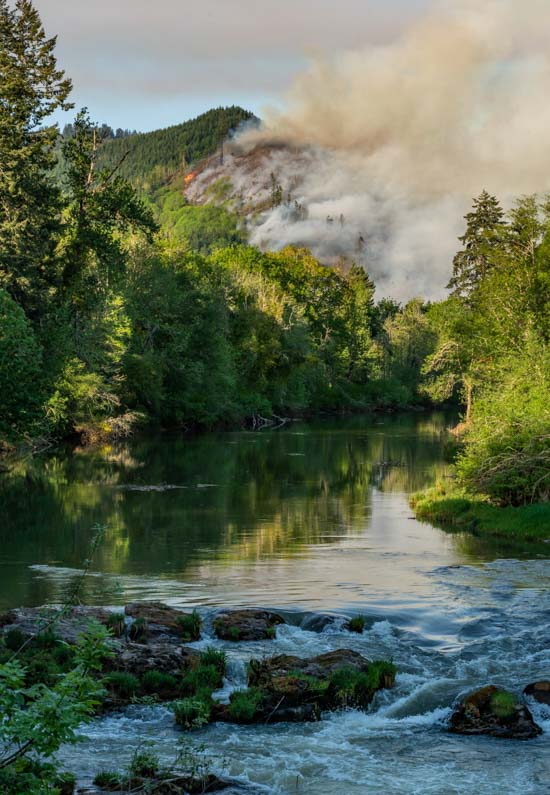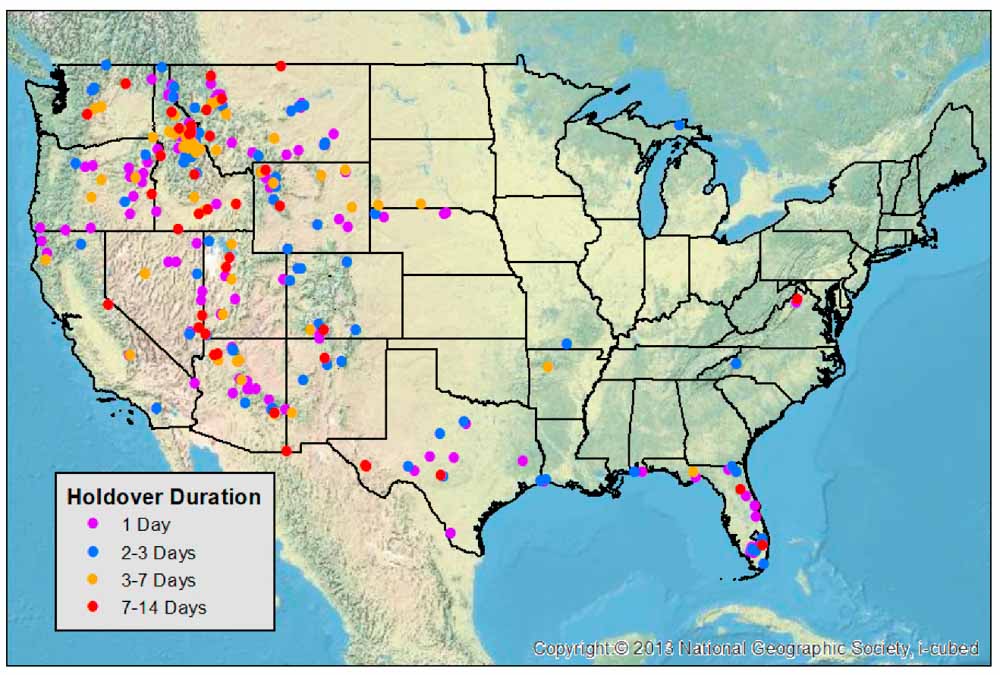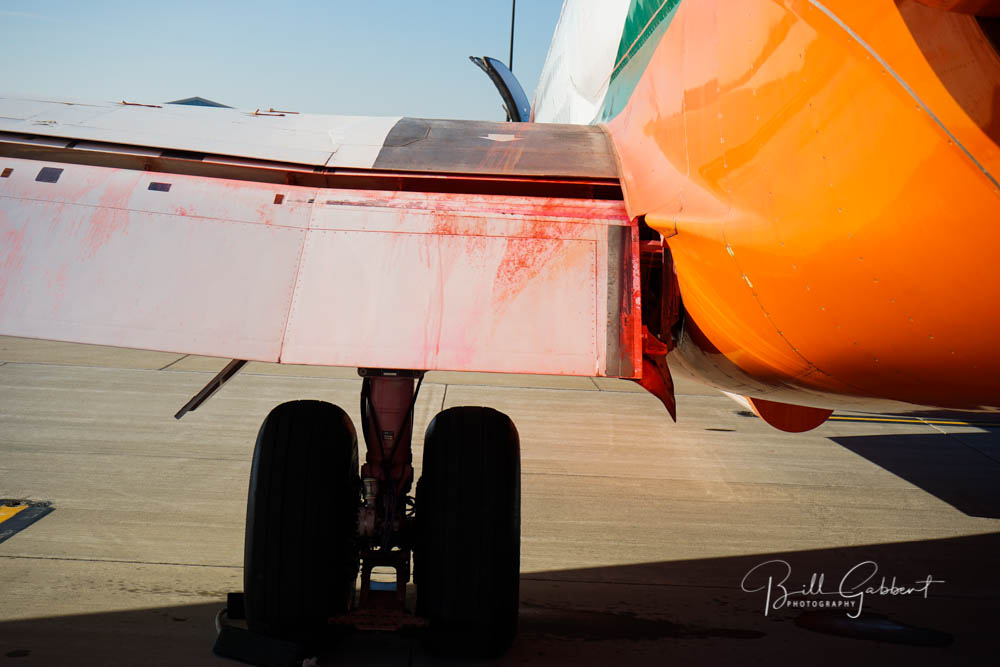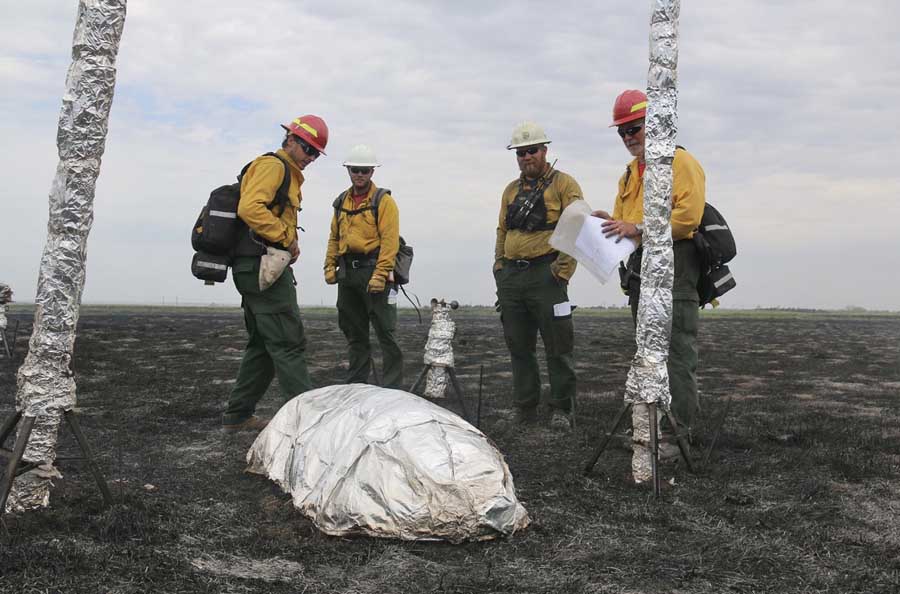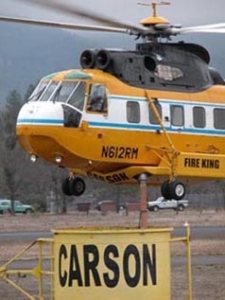 The former Vice President of Carson Helicopters is disputing a court order to pay $51 million in restitution related to his role in falsifying documents prior to the crash of a helicopter on the Iron 44 Fire (or Iron Complex) on the Shasta-Trinity National Forest near Weaverville, California in 2008. Steve Metheny, the former Vice President of Carson Helicopters, was sentenced to 12 years and 7 months in prison in 2015 but he now claims he was not aware of the requirement to pay restitution.
The former Vice President of Carson Helicopters is disputing a court order to pay $51 million in restitution related to his role in falsifying documents prior to the crash of a helicopter on the Iron 44 Fire (or Iron Complex) on the Shasta-Trinity National Forest near Weaverville, California in 2008. Steve Metheny, the former Vice President of Carson Helicopters, was sentenced to 12 years and 7 months in prison in 2015 but he now claims he was not aware of the requirement to pay restitution.
Below is an excerpt from an article in the Mail Tribune:
[Metheny] says he wouldn’t have pleaded guilty had he known he’d have to pay a restitution of more than $51 million, according to documents filed earlier this month in U.S. District Court in Medford.
Metheny claims that his defense lawyer assured him that he wouldn’t have to pay any damages because by June 2013, Carson’s contract “was canceled and never re-bid” and “the resultant cost and subsequent loss would equal zero dollars,” according to an affidavit Metheny typed from Federal Correctional Institution Lompoc and filed in court May 7.
Metheny claims he was “repeatedly promised” ahead of his sentencing that the loss amount would be “zero dollars.”
Metheny was accused of falsifying performance charts and the weights of helicopters his company had under contract to the U.S. Forest Service for supporting wildland fire operations. As of a result of his fraud, a Carson helicopter crashed while trying to lift off with too much weight from a remote helispot on the Iron 44 Fire in 2008. Nine people were killed, including the pilot-in-command, a U.S. Forest Service check pilot, and seven firefighters. The copilot and three firefighters were seriously injured.
Mr. Metheny went to great lengths after the crash to attempt to conceal the fraud. When he knew that investigators would be examining the company’s operations, he directed other employees to remove weight from other similar helicopters, including taking off a fuel cell and replacing a very heavy battery with an empty shell of a battery. Some of the employees refused to participate in that deception, with one explaining that he was done lying about the helicopter’s weight.
Defense lawyer Steven Myers argued that the helicopter pilot could have avoided the crash by doing a standard maneuver on takeoff, where the pilot hovers and checks his gauges.
Ann Aiken, a federal judge for the United States District Court for the District of Oregon, dismissed that argument, noting her father had flown helicopters in the Korean War, crashing 13 times. “Whether the gauges were right or not, the pilot didn’t have the right information,” Aiken told Metheny.
The Forest Service awarded contracts to Carson, including option years, amounting to over $51,000,000. Carson received $18,831,891.12 prior to the FS canceling the contracts.
Levi Phillips, 45, the former maintenance chief of Carson Helicopters, agreed to cooperate with authorities in the case against Mr. Metheny and pleaded guilty to a single charge of fraud. He was sentenced to 25 months in prison to be followed by 3 years of supervised probation.
More information about the fraud and the sentencing hearing of Metheny and Phillips.
Thanks and a tip of the hat go out to Kelly. Typos or errors, report them HERE.

